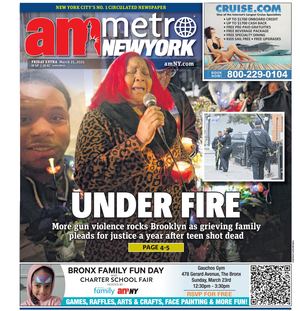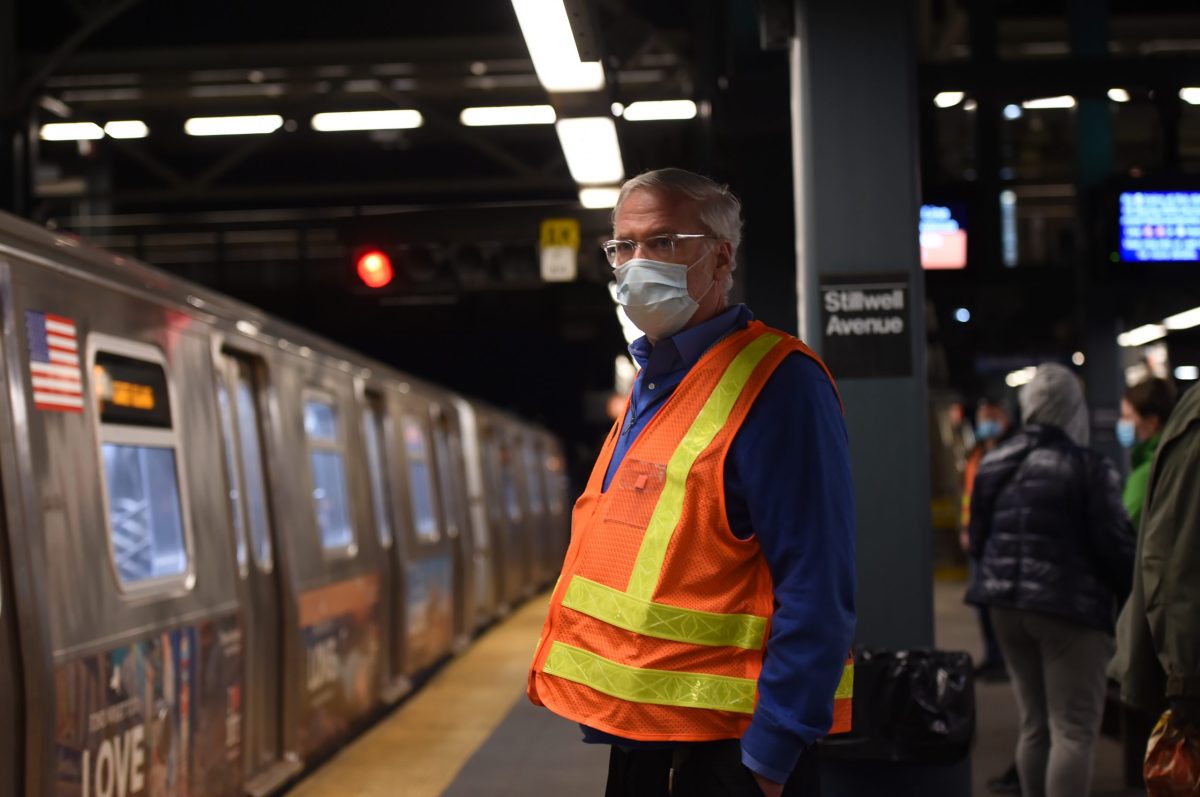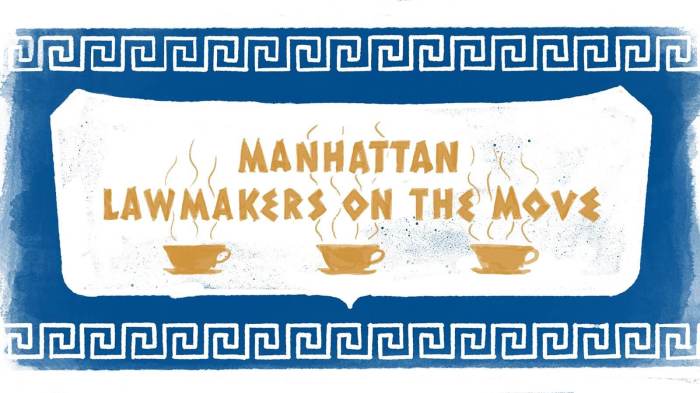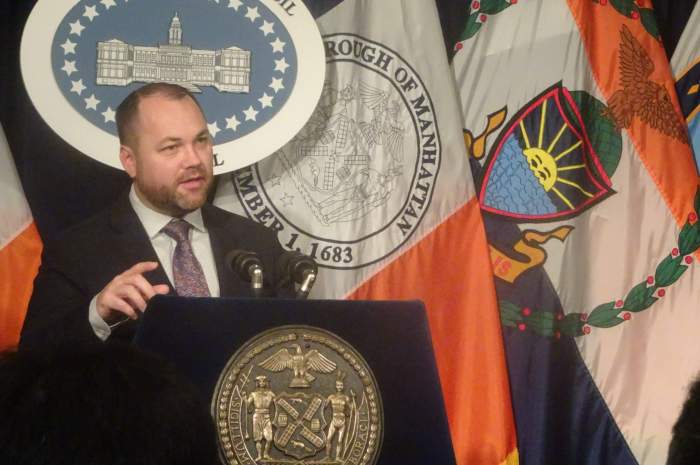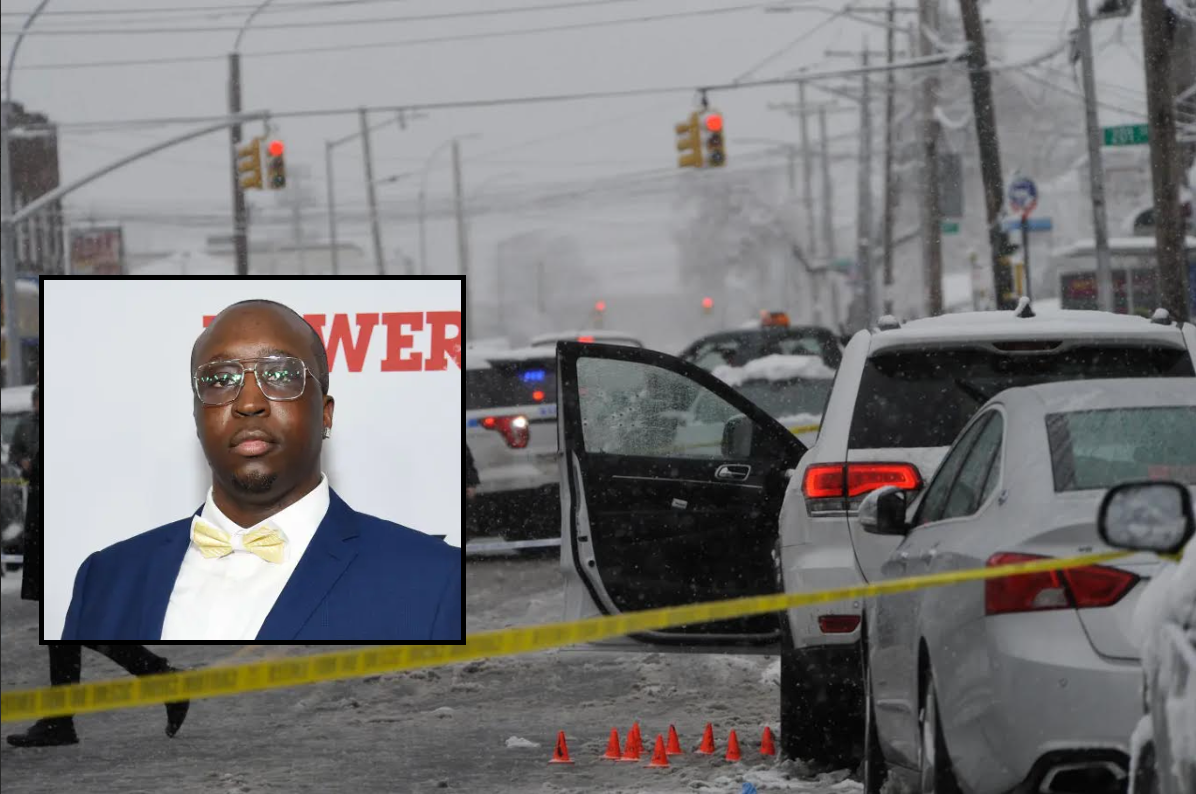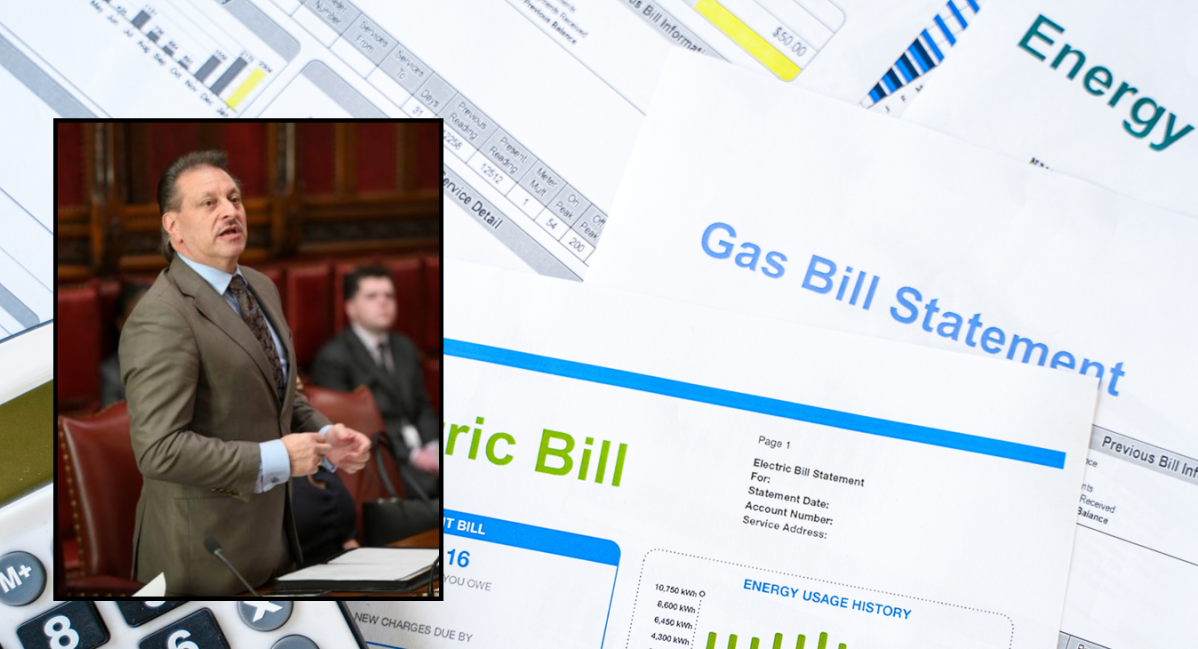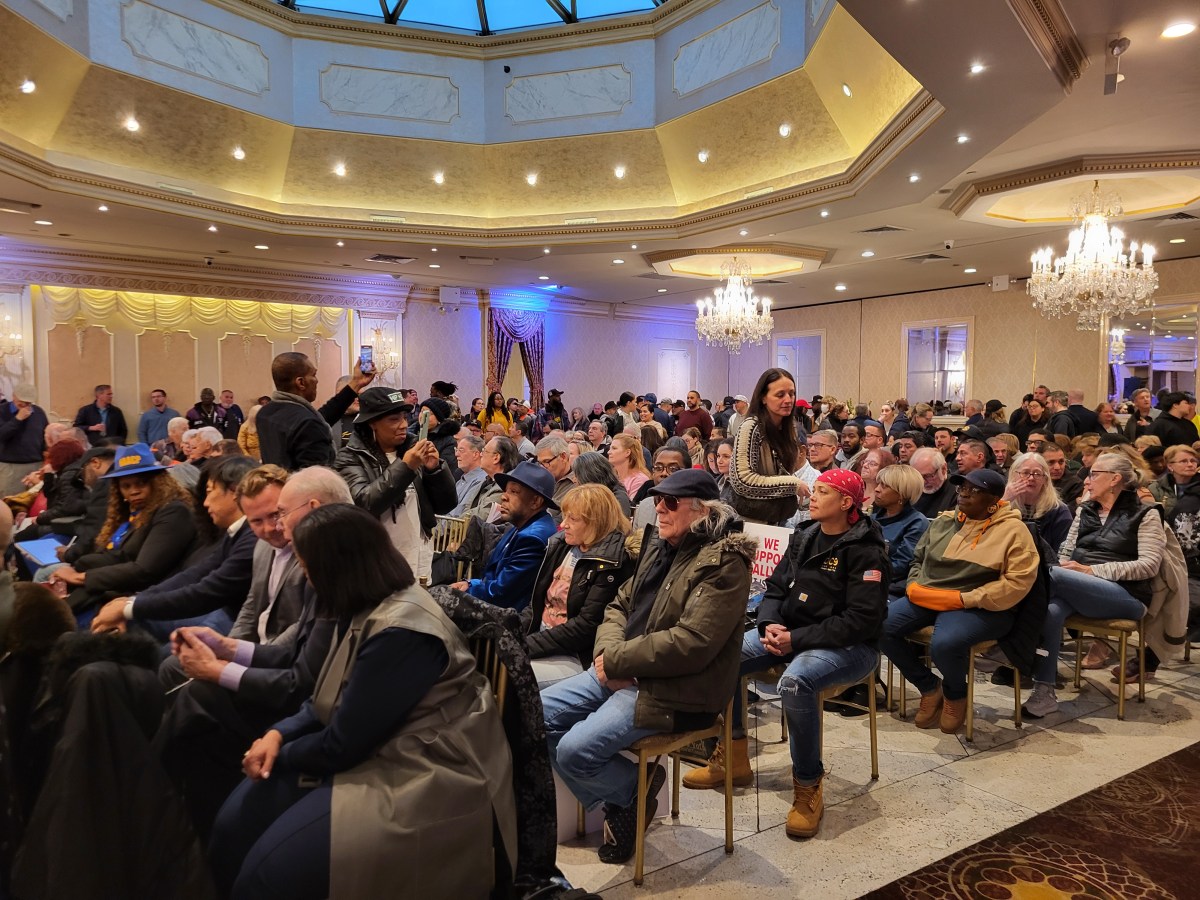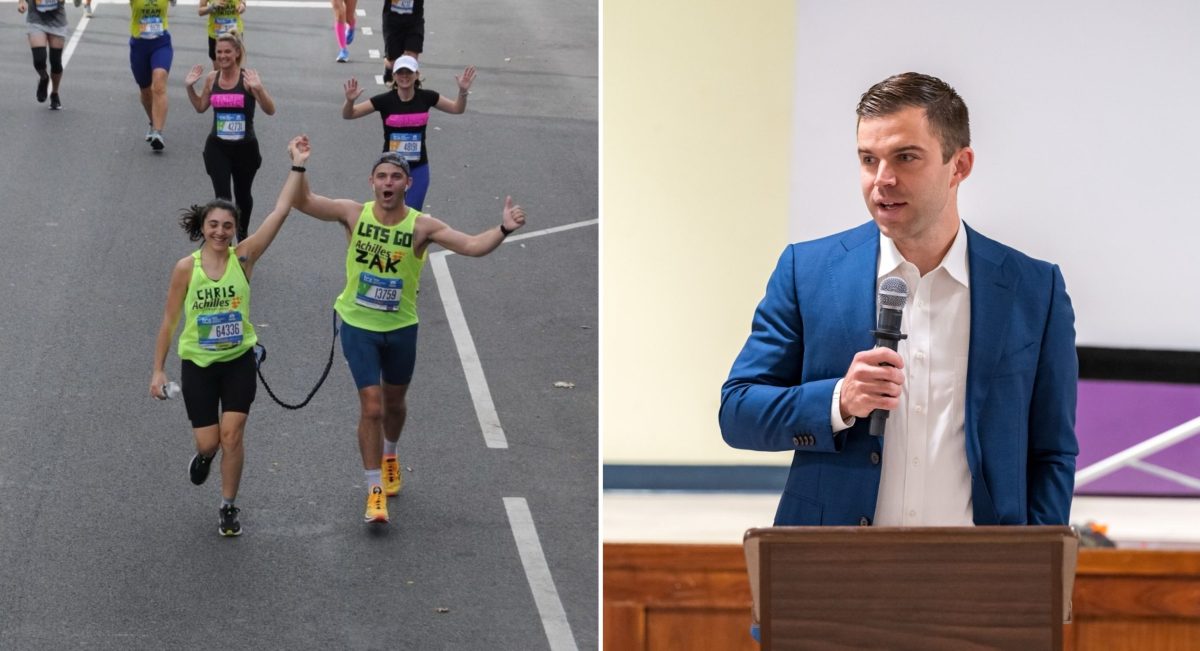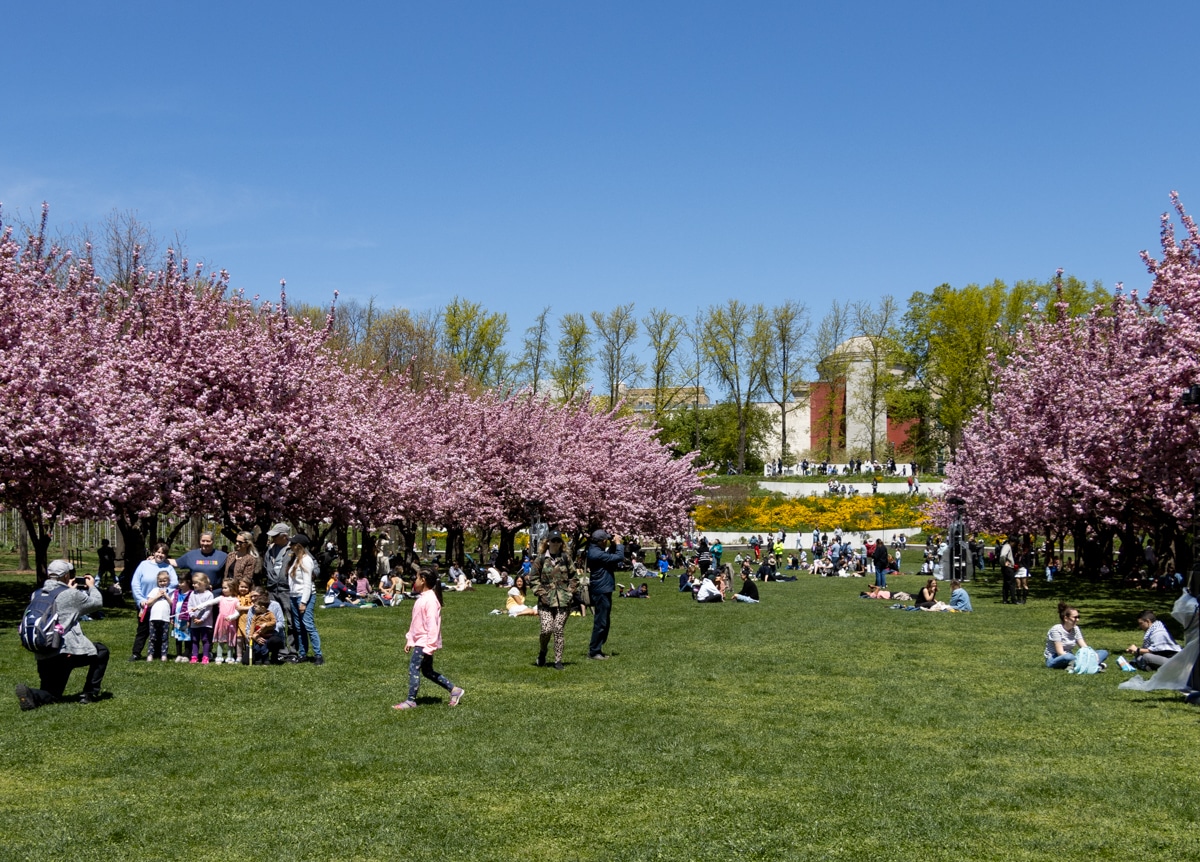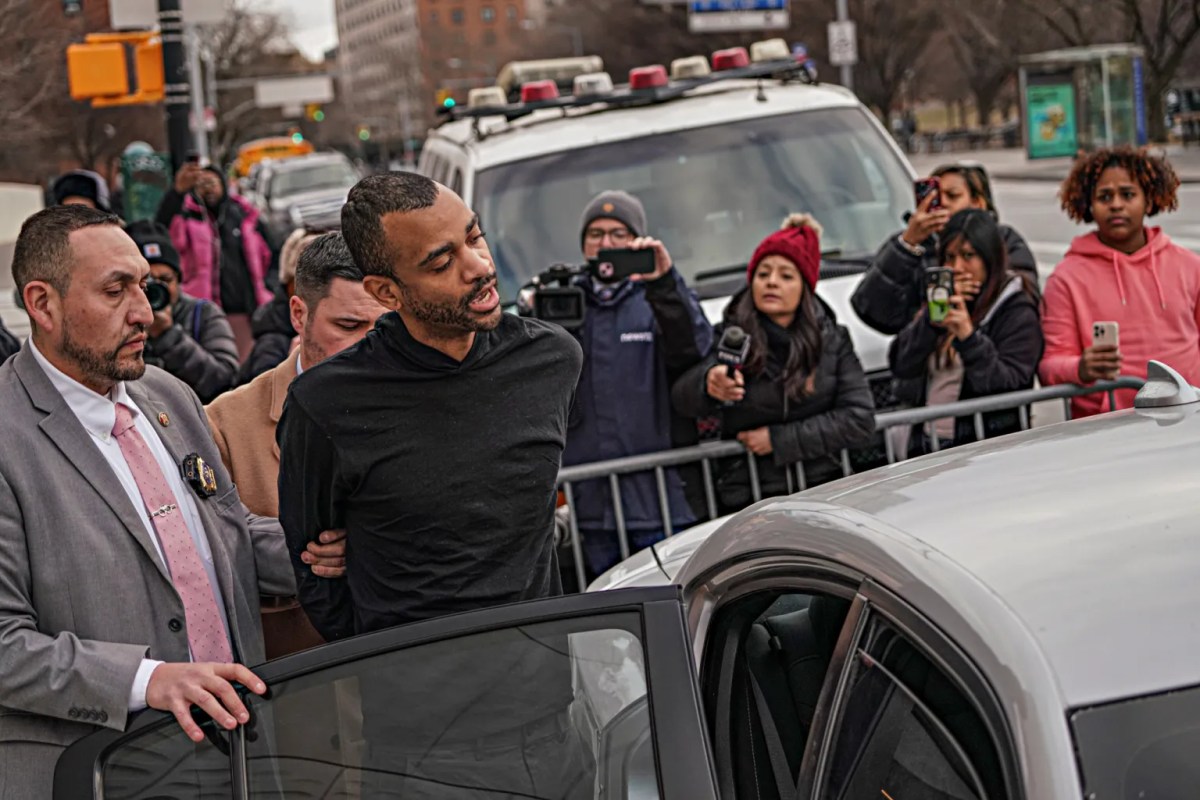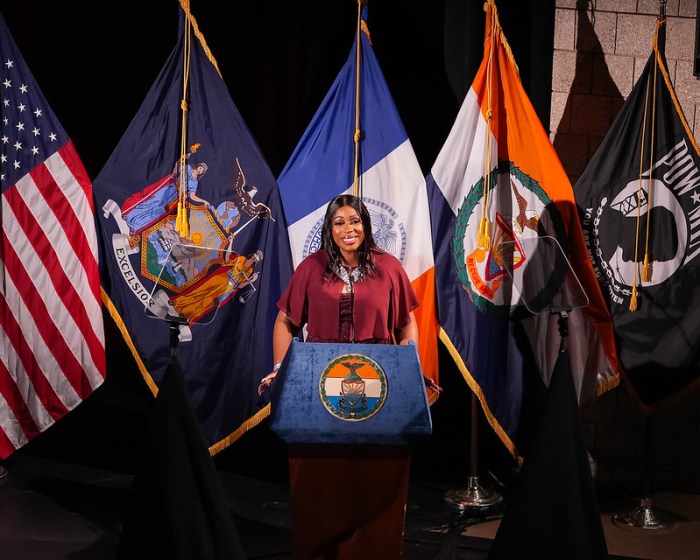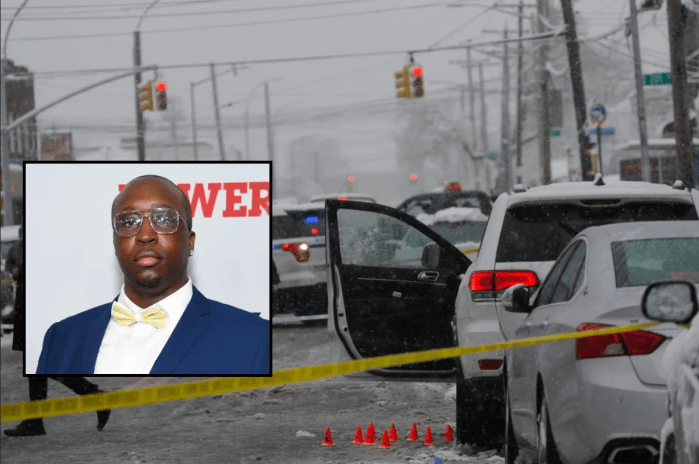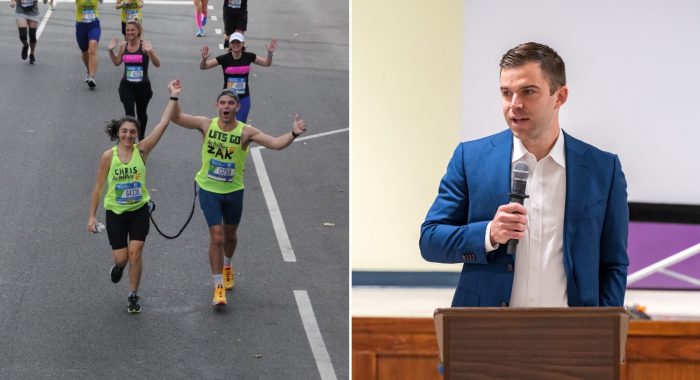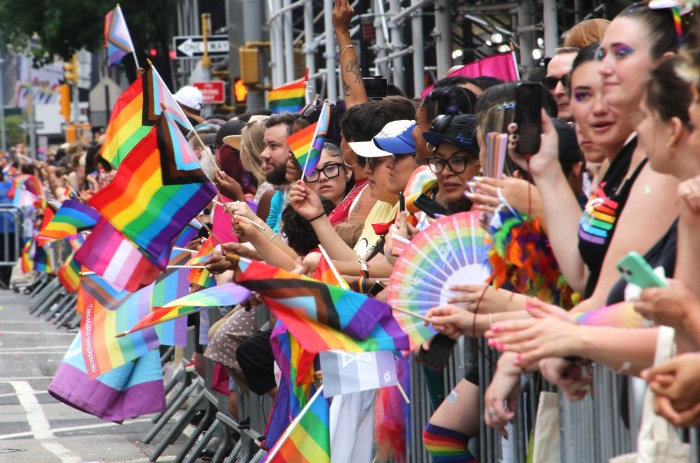MTA Chairman Pat Foye was accused by City Council members on Wednesday of performing “hygiene theater” in removing subway station benches and overnight cleaning efforts under the supposed guise of sanitation concerns in the ongoing pandemic.
Foye argued during a City Council hearing that touch points are still a COVID-19 exposure risk and that the agency is following recommendations from the FTA, CDC and EPA in suspending 24/7 service since May for deep cleaning.
“Current CDC and EPA guidance suggest frequent hand washing, as well as cleaning and disinfecting surfaces that are frequently touched by many people. That guidance is echoed by the CDC, and the FDA, and frankly their counterparts across the world. High touch surfaces on subway stations and in subway cars require multiple disinfecting during the day,” Foye said. “The only way we’re able to accomplish that is by the 1 a.m. to 5 a.m. closure, because it is far more efficient to do this disinfecting regime when there aren’t customers on subway platforms and subway stations, and to be able to continue to tell our customers that we’re doing everything we can to minimize health risks.”
Council Speaker Corey Johnson however, pointed out that the majority of emphasis toward prevention of the spread of COVID-19 from most authorities focuses on aerosol mitigation rather than surface disinfection.
The City Council grilling follows Twitter outrage from the week before when New York City Transit’s account attributed the removal of benches in stations to a measure to prevent homeless people from using them as beds.
According to Foye, benches were not removed to prevent homeless from sleeping on them and New York City Transit President Sarah Feinberg testified that the 23rd Street station benches on the F line were removed for sanitation before being replaced.
“We are ground zero for folks who are having a mental health crisis. And frankly, we’re not necessarily ground zero for a homelessness crisis, we don’t ask people their, you know, their housing situation when we are dealing with an emotionally disturbed person or someone who’s in the middle of a crisis,” Feinberg said. “We’re just dealing with the moment that we’re in and trying to solve for that. There is, I can tell you, no policy that is punitive towards those who are experiencing homelessness, or, frankly, even those who are experiencing a mental health crisis. If there’s anything we’ve done over the last year, it’s just beg for more help.”
While Johnson asked for metrics that are guiding the decision of when the subway can open overnight again, Foye repeated as he and other officials have since May that there is no definitive date for this.
When Governor Andrew Cuomo declares an end to the pandemic and the state of emergency, Foye said, the MTA would return to a normal overnight service schedule.
One lawmaker wasn’t buying the MTA’s argument that the benches had to be removed for sanitation, only to be returned.
“I don’t think it’s the real answer, I believe that you’re engaged in hygiene theater, I think it’s a cynical approach, the science would support reopening the subways overnight in a way that was safe, and if you helped communicate to riders so they understood it was safe, it would work,” Brooklyn Councilman Brad Lander told Foye. “Let’s get serious about ending homelessness, let’s get serious about keeping our subways safe and clean.”
There have not been discussions about whether or not 24 hour service would never be reinstated, Foye was resolute that it would.
Over the course of the pandemic, the MTA has lost 142 employees from COVID-19.
